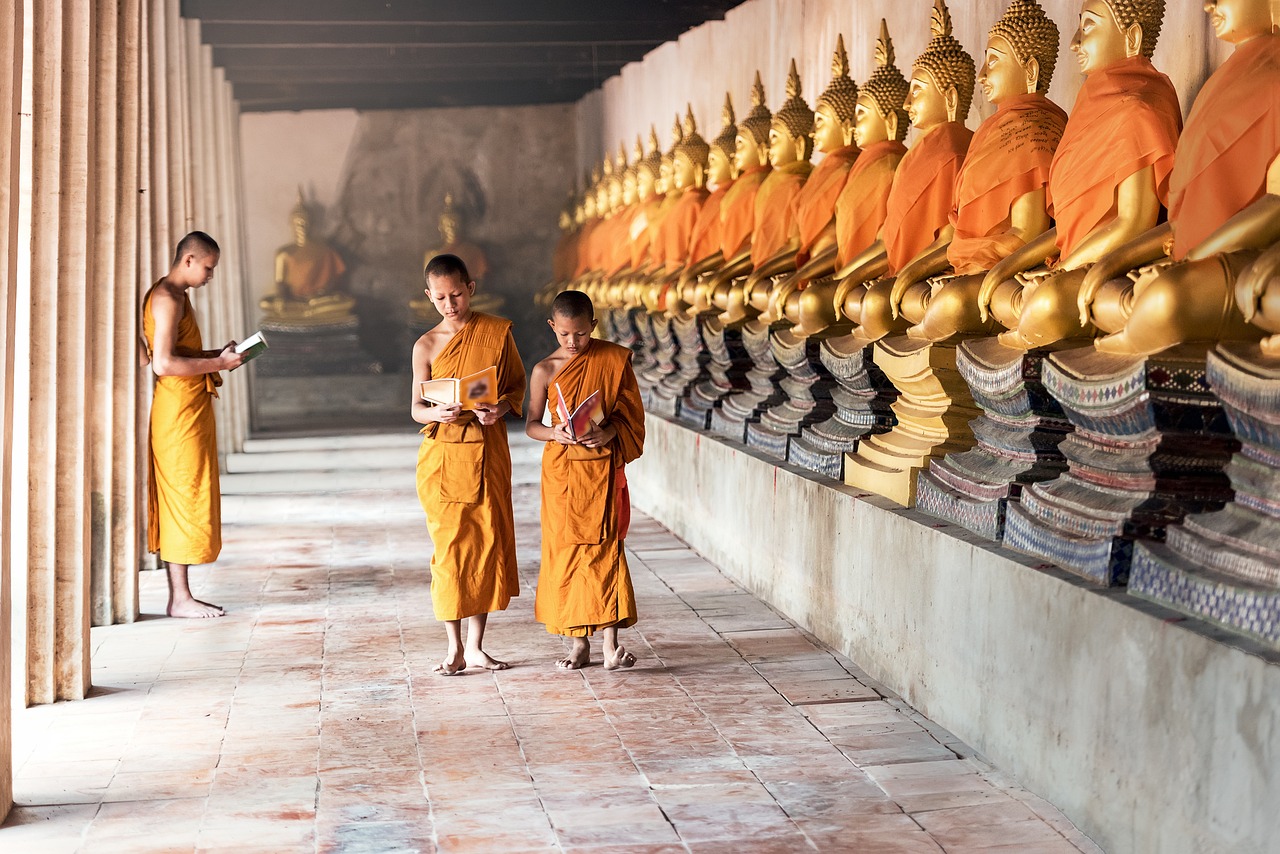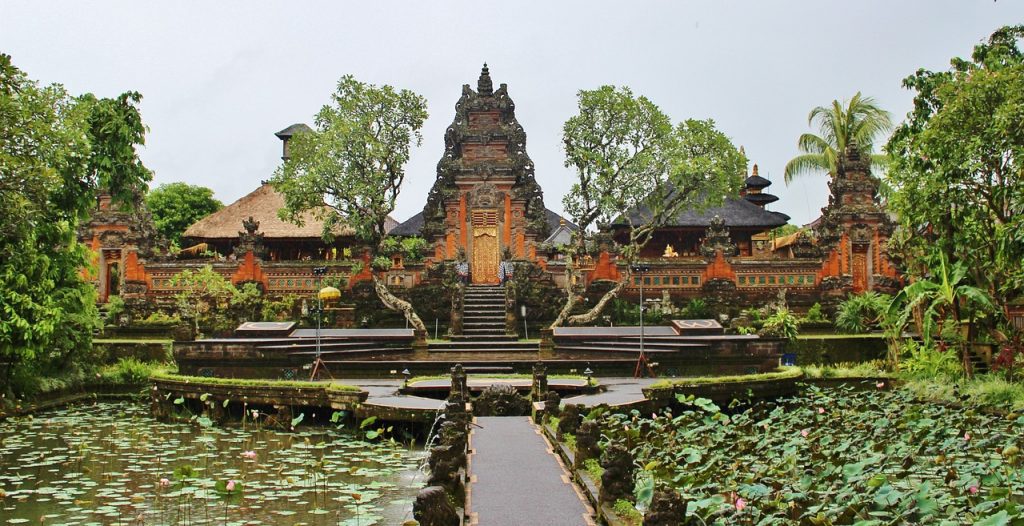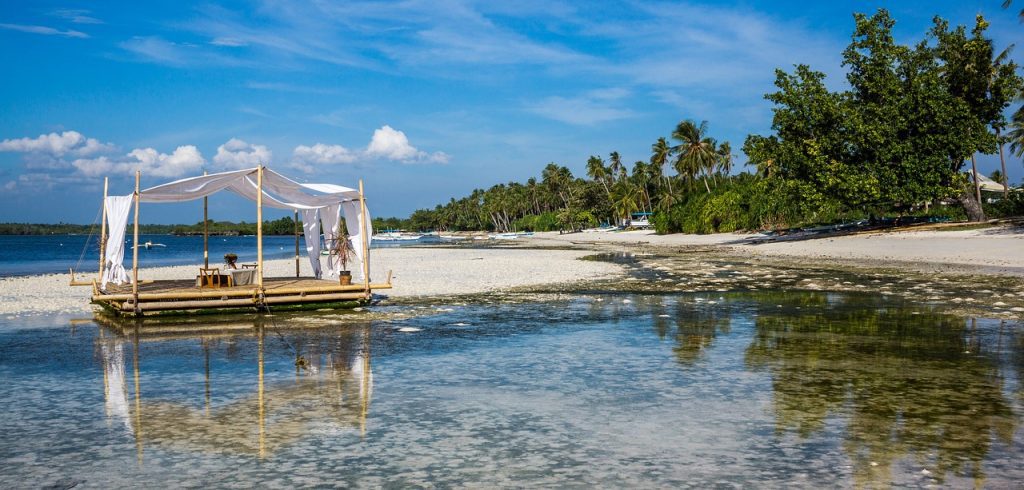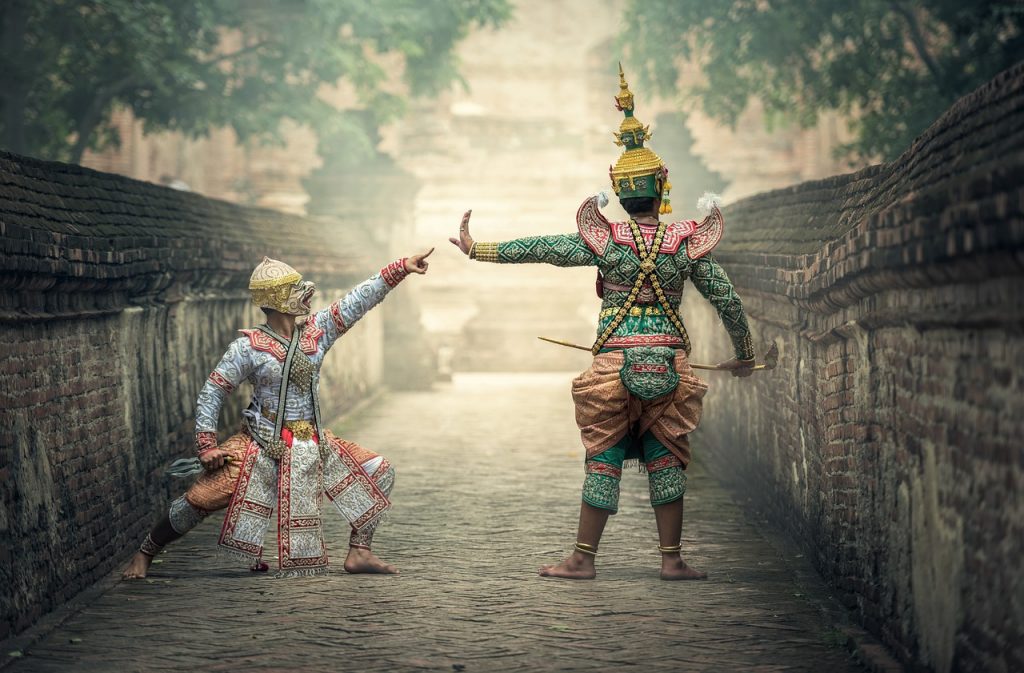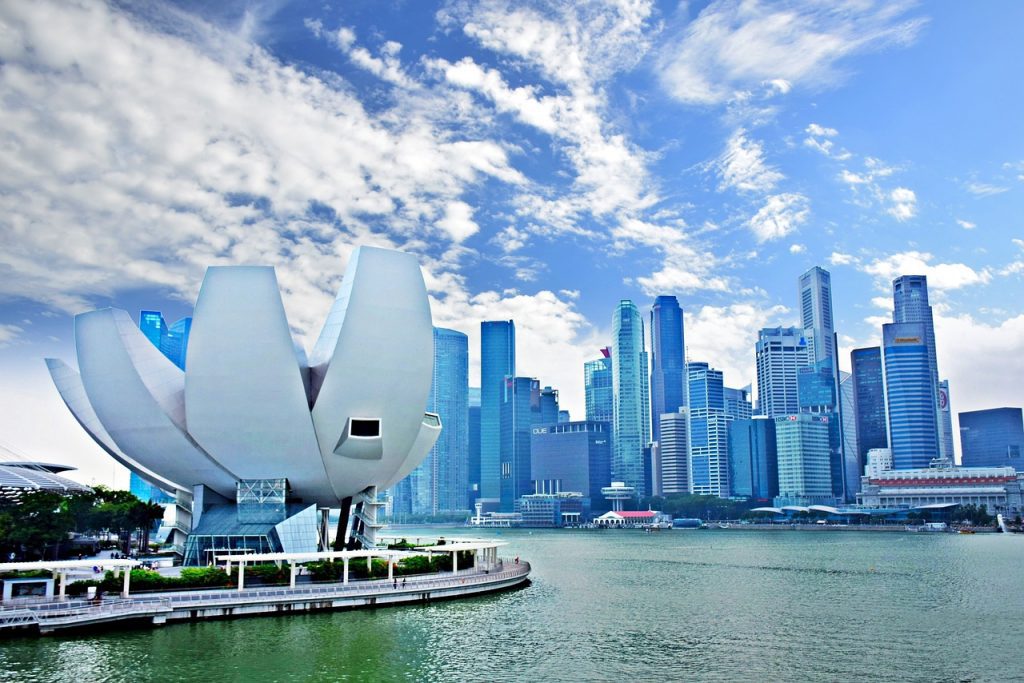Thailand is one Southeast Asia’s most coveted destinations. The country is rich with traditions and stunning landscapes. Additionally, the country offers a plethora of cultural and natural experiences for travelers. However, finding the best time to visit Thailand to explore its enchanting land requires careful consideration of various factors.
Take a moment to explore below to find insights on the weather, crowds, cultural experiences, and nature adventures. Reviewing this information will help you contemplate the best time to go to Thailand. It is a destination where travelers visit this country year-round. However, there are better times to go.
Visiting Thailand based on the Weather
The country’s climate varies across its regions. This makes the weather a crucial factor in planning your trip. For pleasant temperatures and minimal rainfall, the best time to visit Thailand is during the cool and dry season. The dry season runs from November to February. The temperatures range from 75-90°F (24-32°C) during these months. This creates an ideal environment for exploring without the sweltering heat.
Thailand has a tropical climate with three distinct seasons: hot, cool, and rainy. One thing you can count on for most of your country exploration is humidity. Here’s an overview of the temperatures in each season:
Hot Season (March to June):
- The hot season temperatures range from 86°F (30°C) to 104°F (40°C). Some regions can be even higher.
- The humidity often makes this season unbearable for some travelers.
Cool Season (November to February):
- The temperatures in the cool season range from 68°F (20°C) to 86°F (30°C). This temperatures are quite delightful for getting out and exploring.
- For most, this is the best time to visit Thailand. Humidity can still be prevalent, but collectively this is the more comfortable time to explore all that the country has to offer.
Rainy Season (July to October):
- The rainy season is characterized by heavy rainfall and slightly cooler temperatures. The high temperatures range from 77°F (25°C) to 93°F (34°C).
- This season requires even more consideration with potential monsoons providing significant interruptions in travel experiences.
Keep in mind that these temperature ranges are approximate averages for most of Thailand, but there can be regional variations. Additionally, Thailand’s climate can be influenced by the monsoon patterns, with some areas experiencing more rainfall than others during the rainy season.
Northern regions of Thailand, such as Chiang Mai, may have cooler temperatures during the cool season compared to the central and southern parts of the country. Elevation always lowers temperatures so you may need to plan for layers as you travel through higher elevations.
Visit Thailand based on Crowds
To enjoy Thailand’s wonders without the bustling crowds, consider planning your visit during the shoulder seasons of spring (March to May) and autumn (September to October). These months deliver a more tranquil visit without having to juggle the crowds while experiencing the varied wonders and iconic attractions.
However the spring months of March to May can be quite hot while the autumn months can threaten travel experiences with rainy interruptions. Between the two considerations, the months of March and April may be the best time to visit Thailand.
Discovering Thailand’s Cultural Experiences
Immersing yourself in Thailand’s rich culture is a highlight of any visit. Partake in local festivals, savor authentic cuisine, and embrace the warmth of Thai hospitality. Events like Songkran in April and Loy Krathong in November offer authentic glimpses into the country’s vibrant traditions.
Thailand is renowned for its vibrant cultural events that showcase the country’s rich heritage and traditions. Here are 10 of the most iconic annual cultural events that take place across Thailand:
- Songkran Festival – Nationwide (April 13th to 15th): The Songkran Festival, Thailand’s most famous water festival, marks the Thai New Year. Celebrated from April 13th to 15th, it’s characterized by spirited water fights, traditional ceremonies, and vibrant street celebrations.
- Loy Krathong Festival – Nationwide (November – Full Moon Night): Loy Krathong, held on the full moon night of the twelfth lunar month, usually in November, involves floating small decorated rafts (krathongs) on waterways to honor the water goddess. It’s a serene and beautiful event that represents renewal and letting go of negativity.
- Phi Ta Khon Festival – Dan Sai (June): Taking place in the small town of Dan Sai in June, the Phi Ta Khon Festival, also known as the Ghost Festival, is a colorful and lively event. Participants wear elaborate masks and costumes, and the festival features parades, traditional dances, and music.
- Makha Bucha – Nationwide (February/March): Makha Bucha, observed on the full moon of the third lunar month, usually in February or March, commemorates the day when 1,250 of Buddha’s disciples spontaneously gathered to listen to his teachings. It involves temple visits, candlelight processions, and merit-making.
- Yi Peng Lantern Festival – Chiang Mai (November): Held alongside Loy Krathong, the Yi Peng Lantern Festival in Chiang Mai is a mesmerizing event where thousands of lanterns are released into the sky. It’s a breathtaking sight that symbolizes letting go of worries and bad luck.
- Vegetarian Festival – Phuket (September/October): The Vegetarian Festival, celebrated in September/October, involves colorful and vibrant processions, rituals, and acts of self-mortification as a display of faith. It’s held in various locations across Thailand, but Phuket’s festival is particularly famous.
- Candle Festival – Ubon Ratchathani (July): The Candle Festival in Ubon Ratchathani, held in July, is a unique and artistic event that features intricate wax sculptures and elaborate candlelit processions. It coincides with Buddhist Lent and showcases the region’s devotion to Buddhism.
- Rocket Festival – Various Locations (May): The Rocket Festival, celebrated in various locations across northeastern Thailand in May, is a lively event featuring homemade rockets launched into the sky to encourage rain during the planting season. It’s a mix of fun, superstition, and local traditions.
- Buffalo Racing Festival – Chonburi (October/November): Held in Chonburi, the Buffalo Racing Festival takes place in October or November and is a thrilling spectacle of buffalo races. The event includes cultural performances and traditional celebrations.
- Nakhon Phanom Illuminated Boat Procession – Nakhon Phanom (October/November): Taking place in October or November, the Nakhon Phanom Illuminated Boat Procession features beautifully decorated boats floating along the Mekong River. The event showcases the region’s cultural heritage and is accompanied by various traditional performances.
These iconic cultural events offer a fascinating glimpse into Thailand’s diverse traditions, vibrant celebrations, and deep-rooted spirituality. If you’re planning a visit to Thailand, considering aligning your travel dates with these extraordinary festivals to immerse yourself in the heart of Thai culture which may truly be your best time to go.
Exploring Thailand’s Wilderness & Nature Experiences:
Thailand’s natural beauty beckons nature enthusiasts. For lush landscapes and outdoor activities, consider visiting during the cool and dry season from November to February. This period provides pleasant temperatures and clear skies, making it perfect for trekking and exploring national parks.
Thailand has a multitude of diverse national parks providing a variety of nature and wilderness experiences. The country is well-vested in protecting some of their more serene environments.
Other Essential Timing Considerations:
- Green Season: From June to October, Thailand experiences its rainy season, known as the “green season.” While it might rain, the countryside is lush, and fewer tourists mean better prices and less crowded attractions.
- Thai Boxing (Muay Thai) Matches: Muay Thai matches are held year-round, providing an opportunity to witness this traditional martial art. Matches take place in various venues across the country.
- Floating Markets: Visiting Thailand’s iconic floating markets, like Damnoen Saduak Floating Market near Bangkok, offers a glimpse into local life. They are active year-round, but visit early in the morning to avoid the crowds.
- Fruit Seasons: Sample seasonal fruits such as mangosteen, durian, and rambutan. Durian season is typically from May to September, while mangosteen is best from June to August.
In conclusion, the best time to visit Thailand hinges on your preferences and the experiences you seek. Whether you’re captivated by cultural festivals, tranquil nature, or vibrant street life, Thailand offers a wide range of possibilities year-round.
By evaluating these factors, you’ll be well-prepared to embark on a memorable Thai adventure tailored to your desires and the country’s offerings. Choosing the best time to go to Thailand is influenced mostly by your reasons for visiting this incredibly culture rich country.
Photo Credits:
Image by Sasin Tipchai from Pixabay

